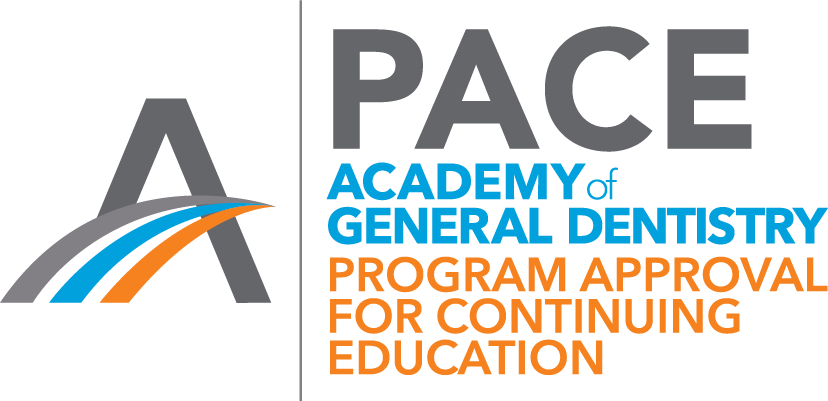
Schedule a Presentation With Us!
- PapaCarie for Caries Removal
- PerioMonitor Saliva Test
- Woodpecker Laser Smart Blue
- Woodpecker Endodontic

We use cookies!
We use cookies to improve your website experience and analyze traffic. These cookies are necessary for the site to function properly and help us understand how you use it. The information collected remains anonymous and is used for analysis purposes only. By continuing to browse our site, you accept the use of these cookies. If you do not want your data to be used in this way, please click decline. You can read our document on the potection of personal information (Law 25) here



Xerostomia is an abnormal dryness of the mucous membranes in the mouth, due to a reduction of the flow or change in the composition of saliva. The main causes are medical treatment, polymedication and diseases. Xerostomia generates an increase of pathogenic bacteria in a pathogenic biofilm, which decreases the oral pH. The consequences of Xerostomia for the oral health are serious : oral lesions, dental caries, gingivits and periodontal disease, candidiasis and halitosis to name a few. It can also contribute to poor nutrition and psychological discomfort.
• Burning sensation
• Food sticks to mucosa
• Oral health problems / Tissue alterations
• Angular chellitis (corner of lips)
• Candidiasis
• Caries
• Halitosis
• Loss of filiform papillae on tongue
• Mucositis
• Oral lesions
• Pain
• Periodontal disease
• Redness of the tongue
• Taste alteration
• Tooth sensitivity


Cancer Treatment
• Chemotherapy & radiotherapy of the head
Diseases
• Autoimmune: Sjogren’s Syndrome, Lupus
• Fibromas
• Immune system dysfunctions: AIDS/HIV
• Nervous system: Alzheimer, stroke
• Psychological conditions: Depression, stress
• Systemic: Diabetes, Parkinson
• Viral infections: Epstein-Barr virus, Hepatitis C
Life Stages
• Menopause and neck
• 65 years old and more
Medication & Polymedication
• Analgesic, antidepressants, antihistamines, anxiolytics, cardiovascular agents, etc.
Saliva is nature’s primary defence system for the oral environment. Its functions include:
• Acting as a buffer to neutralize acidic challenges
• Aiding in immune response with the presence of proteins, cytokines, hormones and mucins
• Aiding in proper speech and articulation
• Delivering calcium, phosphate and fluoride
• Performing as a lubricating agent
• Playing an active role in elimination of food and bacteria
• Protecting exposed root surfaces


Partial List:
Allergies, Antidepressants, Antidiarrheals, Antiepileptics, Antihistamines, Antiparkinsonians, Antipsychotics, Antispasmodic, Anxiolytics, Arthritis, Bronchodilators, Cardiovascular agents, Cold, Decongestant, HIV, Hypertension, Muscle relaxant, Pain killer, Prostate, Tobacco control, Urinary incontinence

• Changing or modification of the medications' dosage
• Drink milk while eating
• Frequent dental exams
• Frequent hydratation (sip water regularly) unless there's cause not to: Severe restrictions from cardiac and renal problems
• Humidification of the bedroom
• If no risk of choking: sucking on ice cubes or frozen juice bars
• Mash, humid food with light touch of citrus
• Rigurous dental hygiene
• Alcohol
• Coffee
• Highly acidic food
• Sweet food
• Tobacco

Xylitol is a 100% natural sweetener derived from vegetable sources. Twenty years of research shows Xylitol efficacy treating dry mouth and reducing tooth decay.